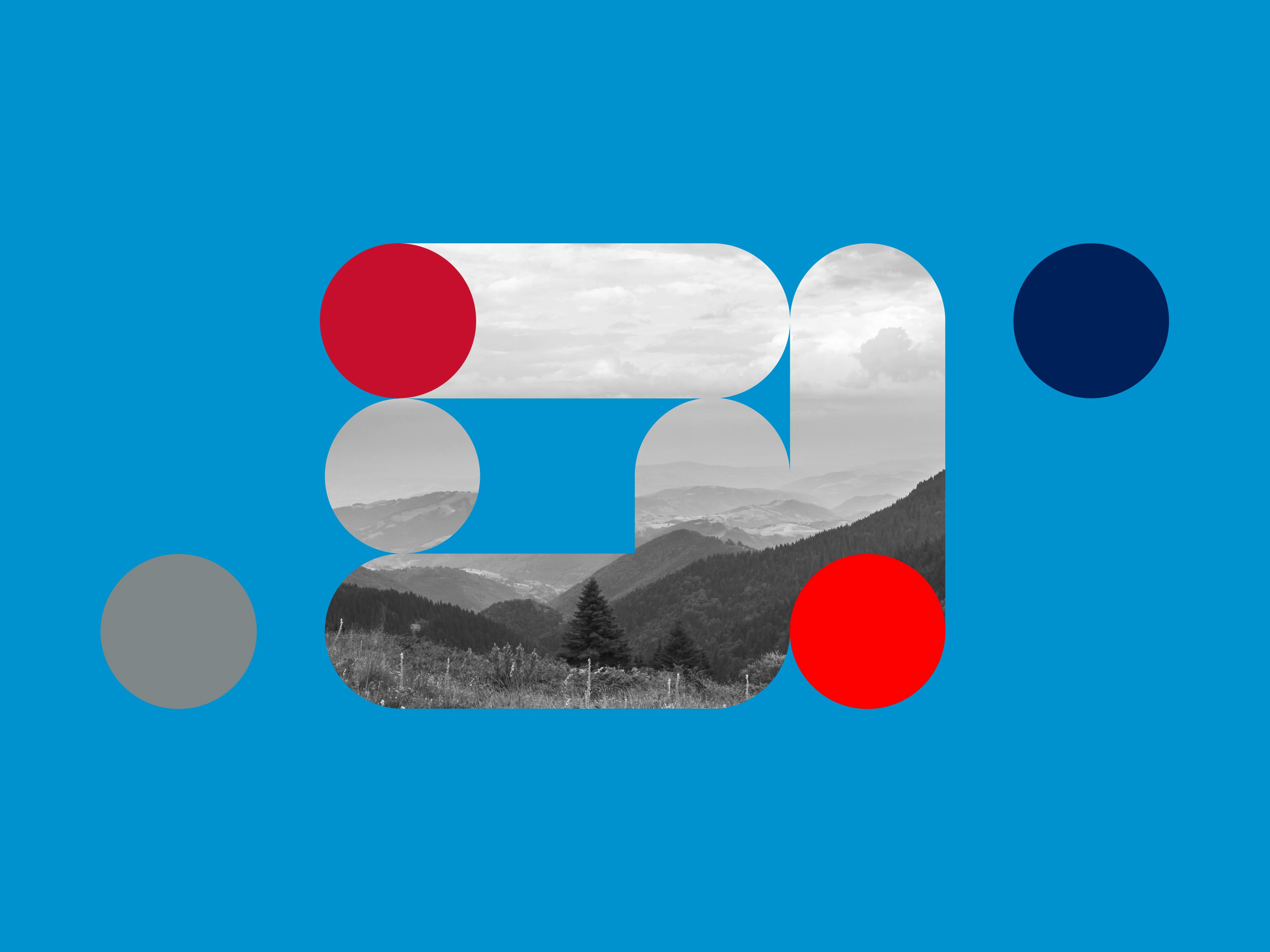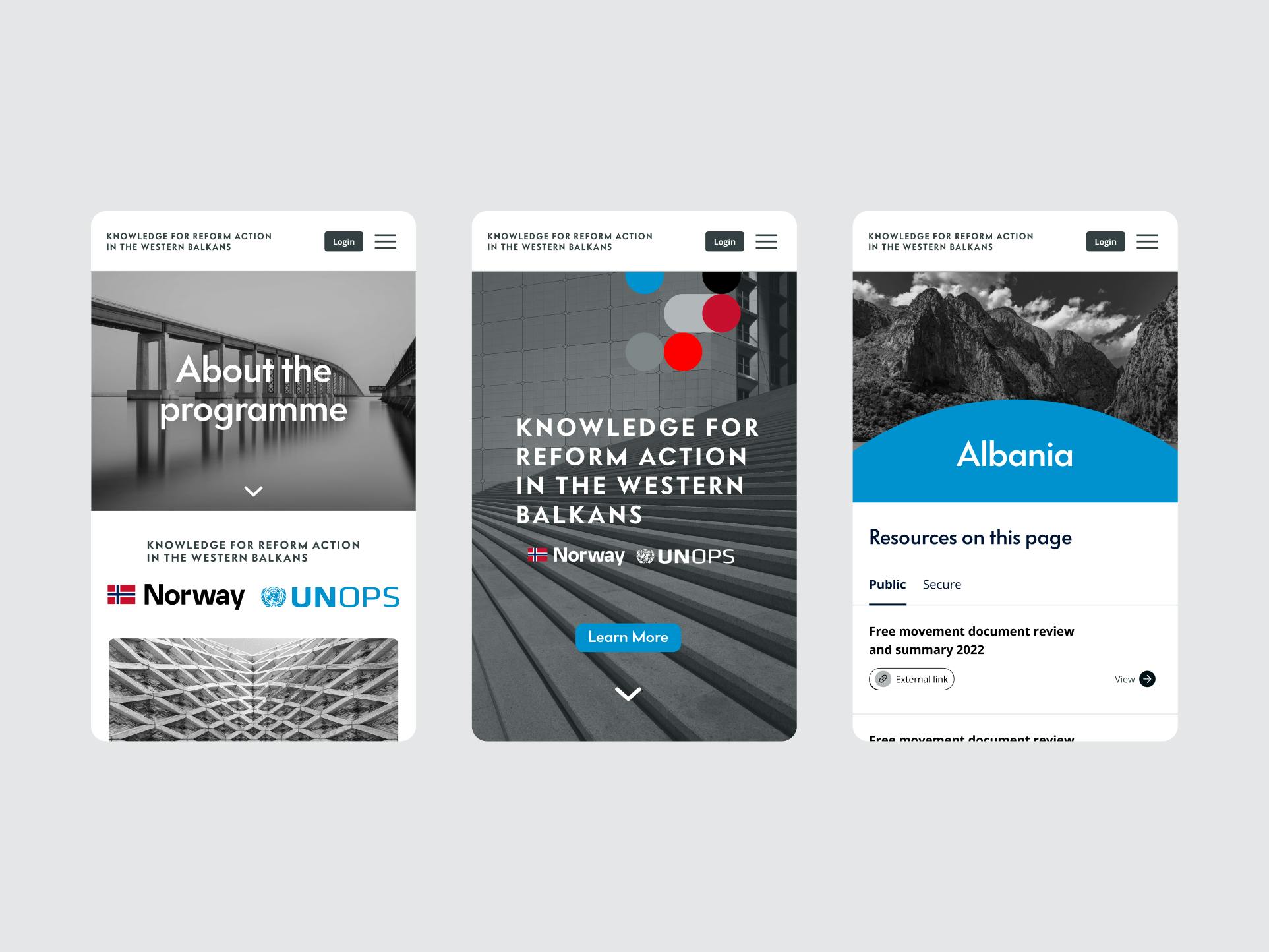How do we develop a user friendly platform that can inform, engage and spur collaboration among Western Balkan countries in their collective effort towards EU accession?
Background
Objectives
Support
Position
How did we tackle the challenge?
Our team collaborated with UNOPS to design and position a knowledge management solution that would centralize resources and make up-to-date information accessible to Western Balkan countries, while also improving collaborations between UNOPS and project members. The project involved several phases and integrated services:
User research and analysis
We initiated the website expansion by conducting workshops with UNOPS staff to understand their overall goals and objectives for the knowledge platform, through which we identified main users and designed a web experience specific to them. To learn more about our user research and analysis phase, please click on the sub case study below.
Content modeling and UX design
We designed the platform to allow users to share various types of content, including text, videos, images, event updates, and secure documents. The user research stage determined which components would be included in the content model to prioritize usability. The goal was to create a platform that would provide both UNOPS consultants and WB6 stakeholders with ways to communicate through different content types while addressing their respective privacy concerns and user difficulties. We defined what would be public and country-specific material on the website by illustrating the relationship between different elements and data points to determine which users could access specific resources. Our architecture optimized the web content to enhance the platform’s loading efficiency, particularly in low-bandwidth areas, and served as the foundation for our UX design.
Naming and visual branding
To make the knowledge platform appealing to Western Balkan countries and highlight the roles of UNOPS and Norway in the project, we developed a visual brand identity that represented the idea of collaboration between different identities for a common purpose. We also chose a descriptive name for the solution, which helped communicate its core offering to the targeted countries: Knowledge Reform Action for the Balkan Countries. For more detailed information and additional images of the visual branding elements, please refer to the sub case study below.


